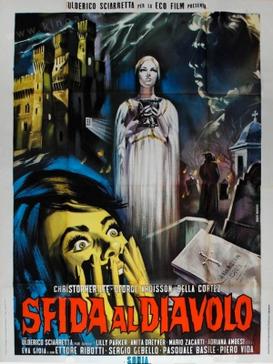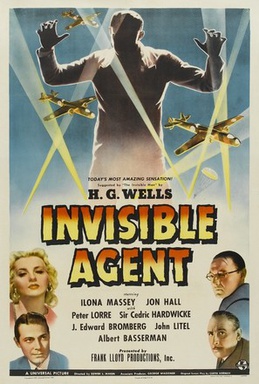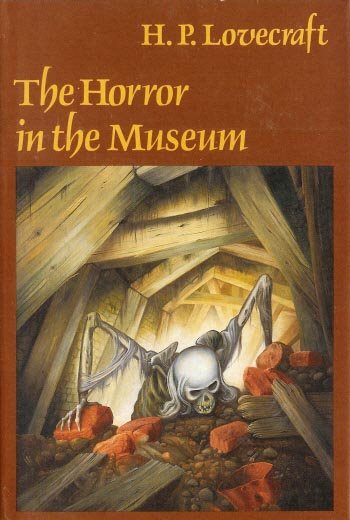Over a three week period, in 2002, a sniper shot 27 people in Maryland, Virginia, and Washington, D.C., killing 17 of them. For that three week period, the nation lived in fear of an unknown evil that was traveling the highways and killing people seemingly at random. Even though the murders occurred in the area surrounding our nation’s capitol, there was very much a feeling that the sniper could turn up anywhere and at anytime. There was a lot of speculation about who the sniper was, with many theorizing that it was Al Quaeda while others argued that the killer was just another home-grown serial killer with a grudge.
When John Allen Muhammad and Lee Malvo were eventually arrested, it turned out that both sides were correct. Muhammad was an American-bred spree killer, a man who had a grudge against the entire world and who brainwashed a teenage Lee Malvo into serving as his accomplice. However, Muhammad also turned out to be a terrorist, someone who admired Osama Bin Laden and sympathized with Al Quaeda, even if he never personally had any contact with the group itself.
When Muhammad went on trial for the murders, there was never really any doubt that he would be found guilty and given the death penalty. There was also little doubt that Ulli Lommel would eventually make a movie about him.
Ulli Lommel was a German director who got his start working with the legendary Rainer Werner Fassbinder. Lommel starred in several of Fassbinder’s early films and went on to have a successful directorial career in Germany. Eventually, he came to the U.S., where he married heiress Suzanna Love and hung out with people like Andy Warhol. In the U.S., Lommel continued to direct. He was responsible for some of the first documentaries about punk rock. His film Cocaine Cowboys featured Andy Warhol playing himself. His horror films, The Boogeyman and the Devonsville Terror, may not have been beloved by critics but they both quickly amassed cult followings. However, after getting divorced from Love, Lommel seemingly disappeared until he reemerged in the 2000s as a director who specialized in cheap, direct-to-video true crime films. Lommel directed films about Richard Ramirez, Son of Sam, Gary Ridgway, the Zodiac Killer, and many others. While most critics dismissed Lommel’s later films as being exploitive trash, Lommel claimed that he was using the serial killer genre as a way to explore and expose the hypocricy of American society.
Myself, I love the idea of a crazy auteur so nothing would make me happier than to be able to declare that there was some sort of overlooked genius to Lommel’s later films. However, from what I’ve seen of them, I have to say this is a rare case where I find myself agreeing with the critics. For the most part, Lommel’s later films were trash. While I have no doubt that Lommel probably was being serious in his belief that his serial killer films had a deeper meaning, the majority of them were cheaply made and dramatically incoherent.
That said, D.C. Sniper actually is one of Lommel’s better serial killer films. A lot of that is due to the intense and intimidating performance of Ken Foree in the role of John Allen Muhammad. Foree is credited with co-writing the script and the scenes in which he discusses his resentments while staring straight at the camera are truly frightening and they probably do capture what was going on in Muhammad’s head at the time of the killings. The scenes between Muhammad and Lee Malvo (played by Tory N. Thompson) also have a creepy feeling of authenticity to them as we watch as Muhammad turns Malvo into a killer. In the scenes with Thompson, Foree plays Muhammad as being alternatively nurturing and fearsome and again, one gets the feeling that the scenes are probably close to the truth.
That said, it’s still a Lommel film, which means that the budget is low, there’s a lot of meandering shots of people driving from one location to another, and the majority of the film looks like it was filmed on a phone. When the film isn’t following Muhammad, it’s following an FBI agent (Christopher Kiesa), who is working undercover as a tourist. The FBI agents wanders around various D.C. monuments and takes pictures. We hear his voice-over, in which he explains that he’s more worried about his runaway daughter, who is apparently being turned into an “internet slut” by her boyfriend. At one point, the FBI agent stands at the Potomac River and wonders if George Washington would be considered a terrorist by modern standards. Lommel himself plays the FBI’s enigmatic partner, a detective known as the Cowboy due to his choice of headgear. As one point, the Cowboy promises that he will help the FBI agent find his daughter. The plotline is dropped after that and we don’t hear another word about it, leaving us to wonder why it was even brought up in the first place.
In the end, D.C. Sniper is good Lommel just because regular Lommel is so bad.









